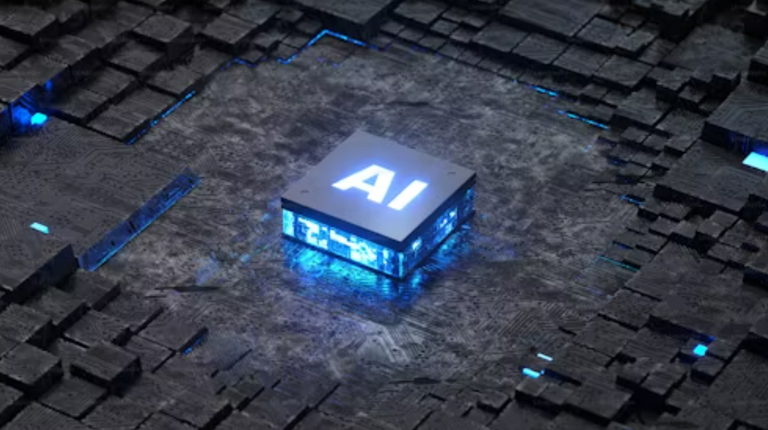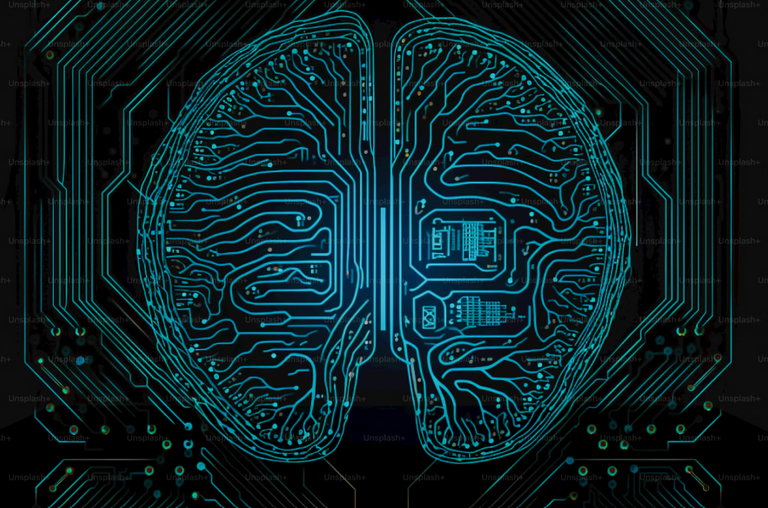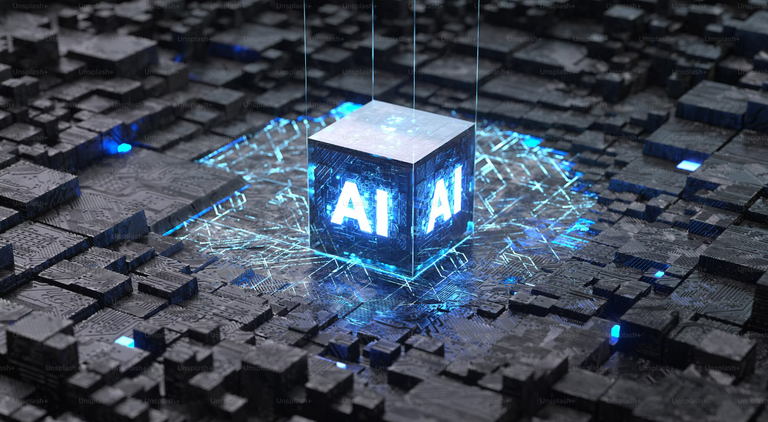The integration of artificial intelligence (AI) into the workplace has sparked a global debate: will AI eventually take over jobs? While AI undoubtedly holds transformative potential, the impact on employment is multifaceted and depends on various economic, technological, and societal factors. Below is a comprehensive exploration of this critical issue.
Understanding AI's Role in the Workforce
AI refers to systems capable of performing tasks that typically require human intelligence, such as learning, reasoning, problem-solving, and decision-making. These technologies include machine learning, natural language processing, computer vision, and robotics. As AI continues to evolve, its applications in automation, data analysis, customer service, and beyond are reshaping the workplace landscape.
Categories of Job Impact
- Routine Tasks: Jobs involving repetitive and predictable tasks, such as assembly line work or data entry, are highly susceptible to automation.
- Cognitive Work: AI's ability to analyze data and make decisions is beginning to affect roles in finance, healthcare diagnostics, and even legal research.
- Creative and Emotional Labor: While AI is making strides in generating content, designing products, and understanding emotions, human creativity and emotional intelligence remain challenging to replicate fully.
Potential Benefits of AI in the Workplace
- Increased Efficiency and Productivity: Automation of mundane tasks allows human workers to focus on more complex, strategic roles.
- Creation of New Job Categories: AI may lead to the emergence of entirely new industries and roles, such as AI ethics consultants, data trainers, and robotic maintenance specialists.
- Enhanced Decision-Making: By processing vast amounts of data, AI can assist in making more informed and accurate business decisions.
- Addressing Labor Shortages: In aging societies, AI and robotics can fill gaps in labor, particularly in healthcare and manufacturing.
Challenges and Risks
Job Displacement
AI is likely to replace certain job categories, especially in industries like manufacturing, transportation, and customer service. For instance:
- Self-driving vehicles could reduce demand for truck and taxi drivers.
- Chatbots and virtual assistants may replace customer service representatives.
Skill Gaps
AI adoption demands a workforce skilled in technology, data analytics, and programming. Workers in traditional roles may struggle to transition without adequate training.
Economic Inequality
The automation of jobs may widen the income gap as highly skilled workers command higher wages, while low-skilled workers face unemployment or reduced earnings.
Ethical Concerns
Automation could lead to decisions that lack human empathy and understanding, particularly in sectors like healthcare or law enforcement.
Industries Most Affected
- Manufacturing: Automation is already transforming production lines, reducing the need for human labor in repetitive tasks.
- Transportation: Autonomous vehicles and drones are poised to disrupt logistics and delivery jobs.
- Retail: AI-driven inventory management and cashier-less stores like Amazon Go threaten traditional retail roles.
- Healthcare: AI is streamlining diagnostic processes and patient care but may replace some administrative jobs.
Adapting to the AI Revolution
Upskilling and Reskilling
Governments and organizations must invest in education and training programs to equip workers with skills in AI, coding, and data analytics. Lifelong learning will be essential to stay relevant in the job market.
Human-AI Collaboration
Rather than outright replacement, many jobs may evolve to involve collaboration with AI, where humans focus on tasks requiring creativity, empathy, and complex problem-solving.
Policy and Regulation
Governments need to implement policies to manage the transition, such as:
- Universal Basic Income (UBI): Providing a safety net for displaced workers.
- Taxation on Automation: Redirecting funds toward social welfare and education.
- Ethical AI Development: Ensuring AI systems are designed to complement human labor rather than replace it entirely.
Corporate Responsibility
Businesses must prioritize employee welfare during transitions by providing training and support, ensuring that automation decisions are made with long-term societal benefits in mind.
Future Outlook
Short-Term
In the next decade, we can expect AI to augment existing jobs more than replace them. Automation will likely handle repetitive tasks, enabling workers to focus on more value-added activities.
Long-Term
The long-term impact depends on how society manages the transition. With proactive measures, AI has the potential to create a more productive, innovative, and equitable workforce. However, neglecting the challenges could exacerbate unemployment and inequality.
Conclusion
AI's impact on jobs is inevitable but not entirely deterministic. While certain jobs will disappear, new opportunities will emerge, reshaping the employment landscape. The key lies in embracing change, fostering adaptability, and ensuring that AI is implemented responsibly. Governments, businesses, and individuals must collaborate to harness AI's potential while mitigating its risks, ultimately creating a future where technology enhances human capabilities rather than replaces them.



